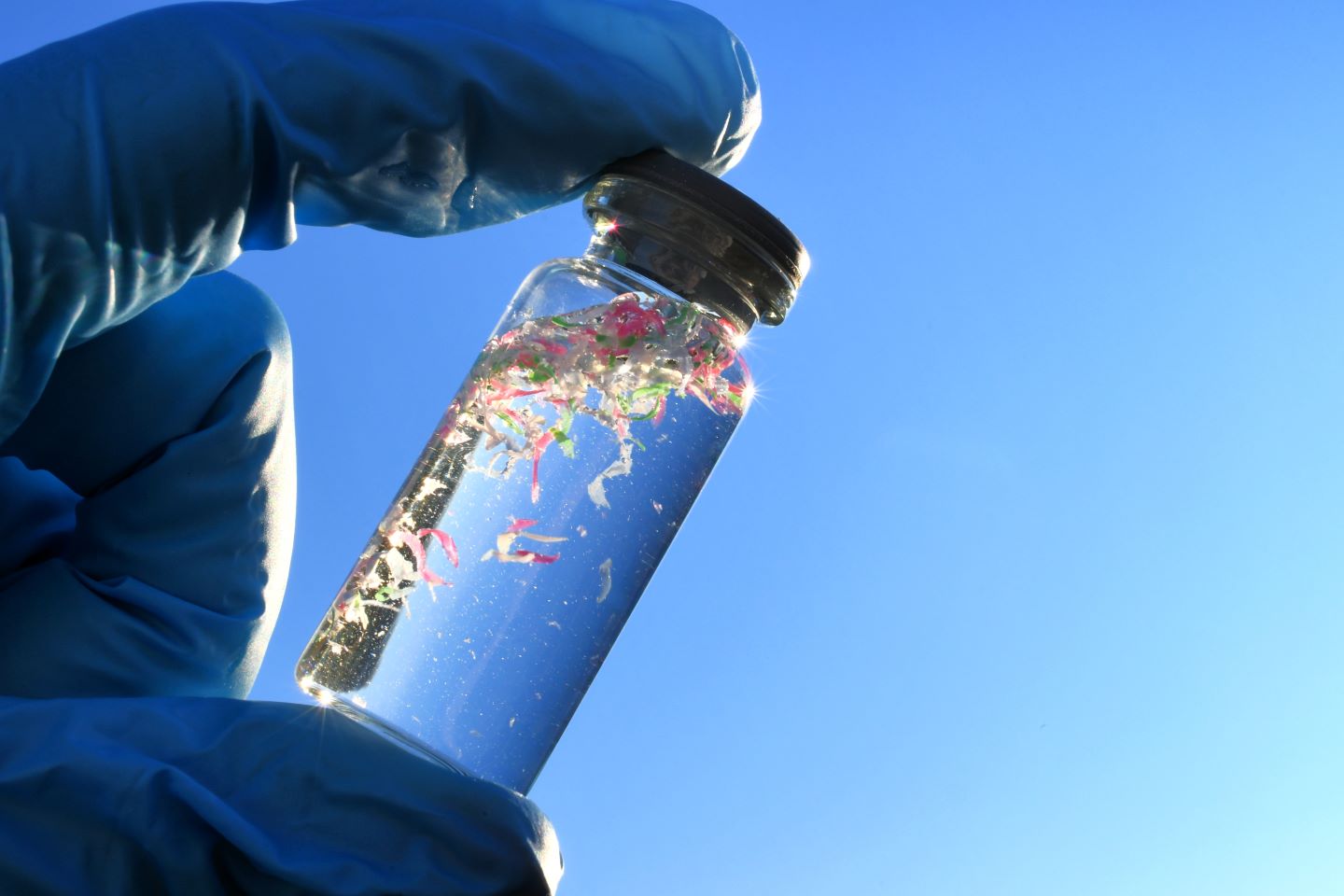Microplastics, tiny plastic bits less than five millimetres in size, come from breaking down larger plastics and are now everywhere. They are in the air, water, and food we consume. Shockingly, the average person eats 39,000 to 52,000 microplastic particles each year.
The pathway into our bodies
Microplastics get into our bodies in different ways. They are in lots of products we use every day, such as food packaging and personal care items, and even in the air we breathe. When these products break down, they release tiny plastic particles that we swallow or breathe in. Once inside us, they gather in our tissues and organs, which could be risky for our health.
Having microplastics in our bodies has been linked to various health troubles. Studies show that these particles can harm our cells, cause inflammation, and mess with our hormones. This might lead to long-term illnesses like heart disease, autoimmune disorders, and cancer. Also, microplastics have been found all over our bodies, even in our blood and lungs, showing how widespread they are.
Microplastics and the brain
Recent research has uncovered even more concerning evidence regarding the impact of microplastics on the brain. A study from The University of Rhode Island found that microplastics can infiltrate all systems of the body, including the brain, leading to behavioural changes. The research team exposed mice to varying levels of microplastics in their drinking water over three weeks and found that the particles accumulated in every organ. The mice began to exhibit behaviours similar to dementia in humans, with exacerbated effects in older mice.
Another study published in the Science Advances journal revealed that circulating microplastics could lead to cell obstruction in the capillaries of the brain cortex. These blockages can cause reduced blood flow and neurological abnormalities in mice. The data suggests that microplastics disrupt tissue function through cell obstruction and interference with local blood circulation, showing that the issue lies within the effect of microplastics on the blood.
The urgent need for action
It has been obvious for a while, even without the direct evidence from these studies, that microplastics have no place in our bodies and something desperately needs to be done before we suffer the consequences. We must take immediate action to reduce our exposure to these harmful particles. This includes implementing stricter regulations on plastic production and disposal, promoting the use of alternative materials, and increasing public awareness about the dangers of microplastics.
We can also take steps to minimise our exposure by avoiding the use of plastic products, especially in food preparation and storage. However, we alone cannot do enough at an individual level. There is a pressing need for comprehensive policies and global cooperation to address the issue effectively. So, the infiltration of microplastics into our bodies, especially our brains, is a silent threat that demands immediate attention. The potential health risks associated with microplastic exposure are too significant to ignore. We must act now to reduce the prevalence of microplastics in our environment and protect our health and the health of future generations.





